#sir joseph noel paton
Text
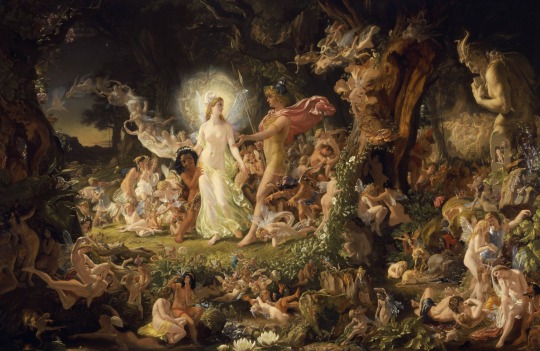
The Quarrel of Oberon and Titania by Joseph Noel Paton
#oberon#titania#quarrel#art#joseph noel paton#sir joseph noel paton#a midsummer night's dream#william shakespere#shakespeare#fairy tales#fairies#enchanted#forest#woods#fairy king#fairy queen#medieval#history#europe#european#fairy#folk tales#folklore#mythology#mythological#dwarfs#dwarves#magical
2K notes
·
View notes
Text
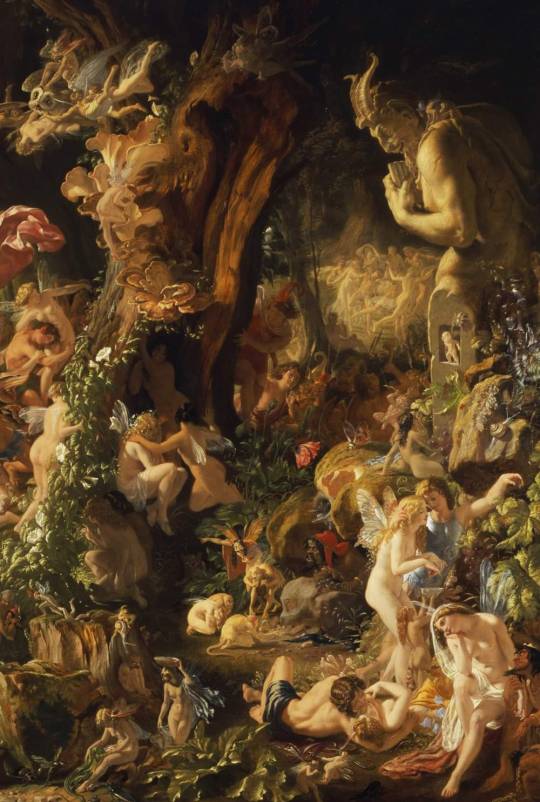
"The Quarrel of Oberon and Titania" (detail)
Sir Joseph Noel Paton.
Oil on canvas, 1849.
24 notes
·
View notes
Text

22 notes
·
View notes
Photo
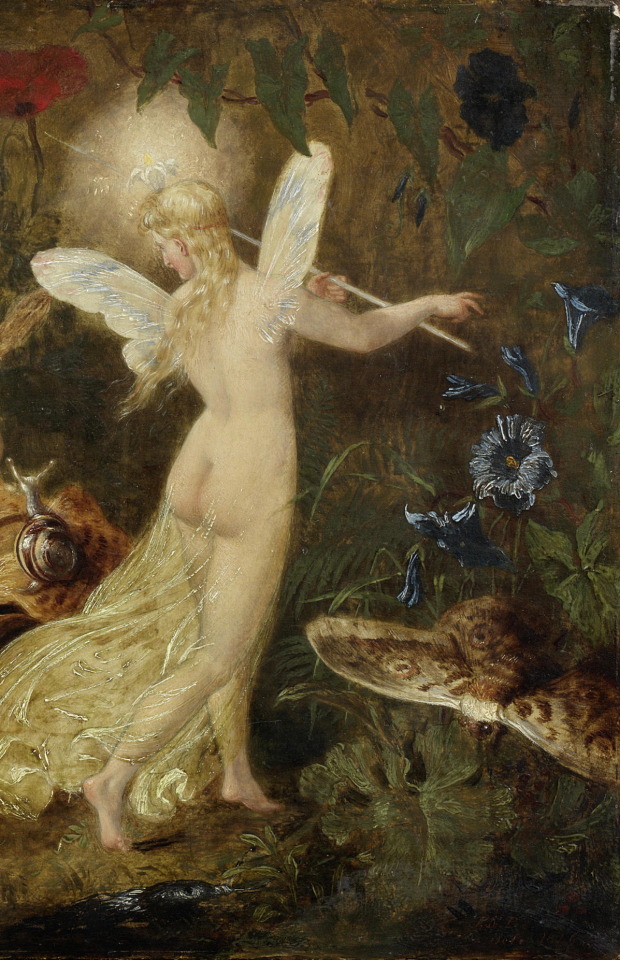
by Sir Joseph Noel Paton (detail)
7 notes
·
View notes
Text











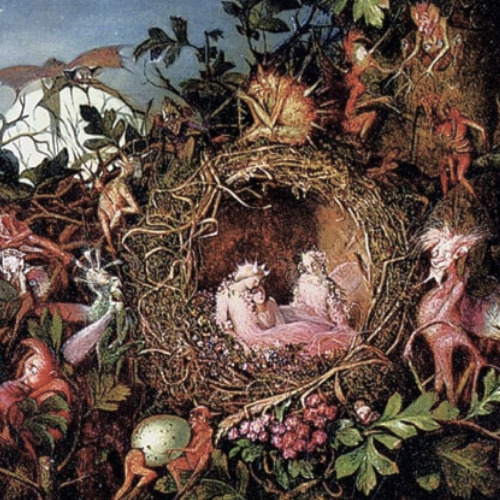
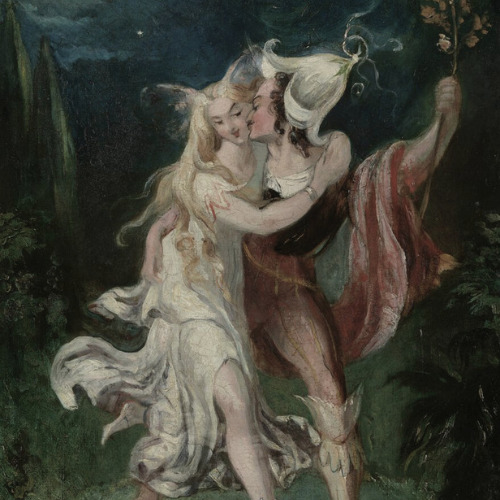




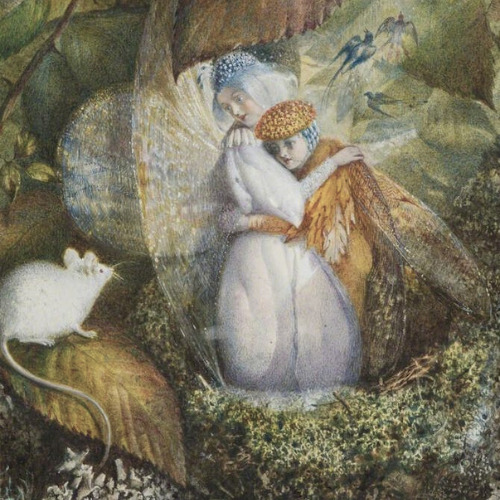
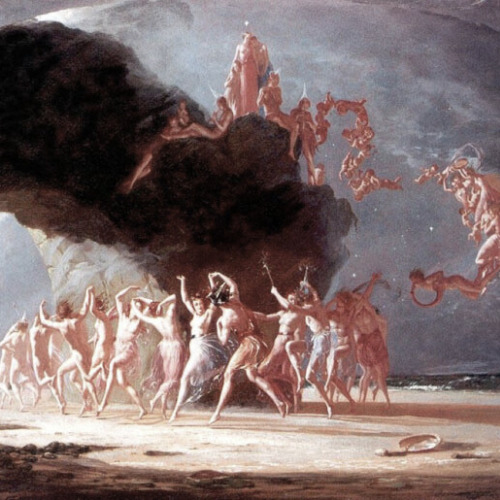
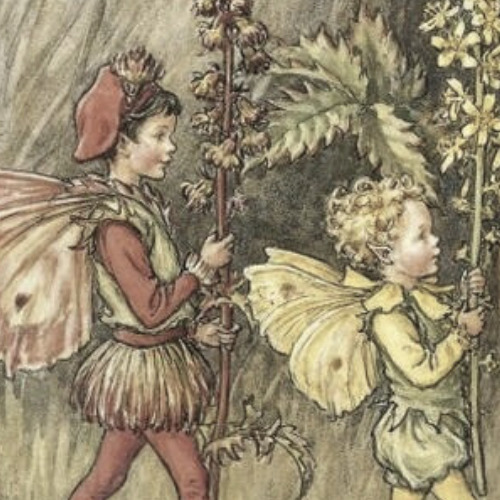

creatures in art: fairies
#artist is john quincy#artist is edward robert-hughes#artist is paul hermann wagner#artist is john atkinson grimshaw#artist is john simmons#-artist is john atkinson grimshaw#artist is gustave dore#artist is richard dadd#artist is william blake#artist is henry fuseli#artist is richard dadd-#artist is john anster fitzgerald#artist is theodor von holst#artist is john anster fitzgerald-#artist is henry fuseli-#artist is john anster fitzgerald--#artist is francis danby#artist is john anster fitzgerald--- (he really likes fairy paintings)#artist is richard dadd--#artist is cicely barker#artist is sir joseph noel paton#fairies
904 notes
·
View notes
Text
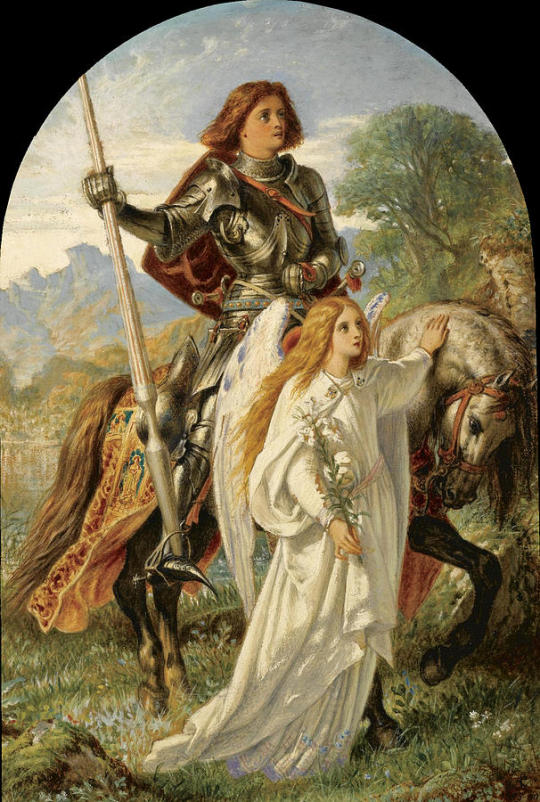
Art by, Joseph Noel Paton (Sir Galahad and the Angel)
#art#beauty#Sir Galahad#angelic#angel art#guidance#armor#journey#be ready#horse#knight#joseph noel paton#forest#on the right path#inner victory#you got this
1 note
·
View note
Photo


The Adversary!: 'Where their worm dieth not, and the fire is not quenched' signed with monogram and dated '1876' Sir Joseph Noel Paton
956 notes
·
View notes
Text
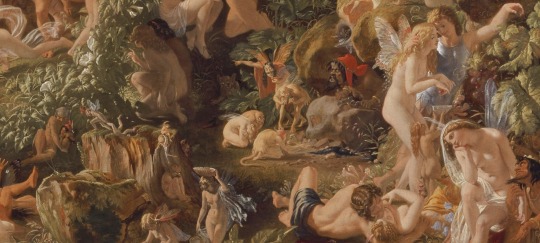


The Quarrel of Oberon and Titania by Sir Joseph Noel Paton.
#Joseph Noel Paton#scottish#scottish art#art#painter#gothic painting#oil painting#painting#paint#alternative#aesthetic#dark academia#dark academic aesthetic#dark aesthetic#aestheitcs#dark#light acadamia aesthetic#light academia
1K notes
·
View notes
Photo
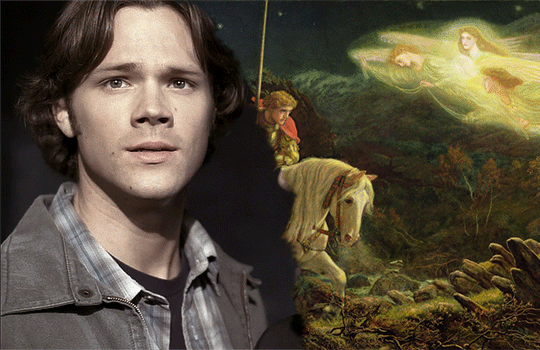


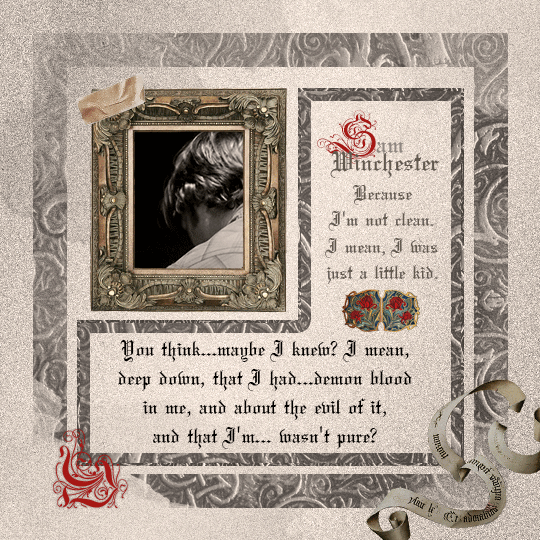

And I needed to think that there was something else, watching too, you know? Some higher power. Some greater good. And that maybe...maybe I could be saved.
Sir Galahad, the Quest for the Holy Grail by Arthur Hughes
Christ on the Mount of Olives by Francisco Goya
Sir Galahad by Joseph Noel Paton
{template}
#supernatural#spn#Sam Winchester#spnedit#supernaturaledit#samwinchesteredit#samedit#*#obviously the bright light in houses of the holy were ghosts not angels but i still think it fits lol!#anyway this is all over the place i swear there was a connecting idea somewhere along the line#but i like the layout at least
488 notes
·
View notes
Text




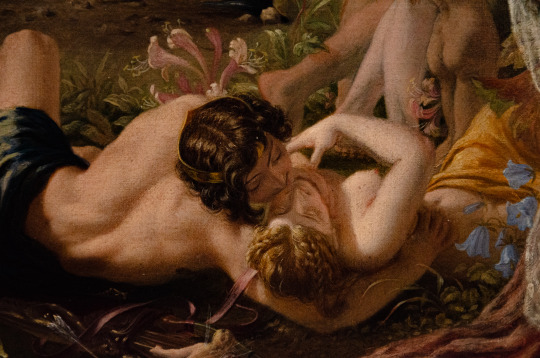
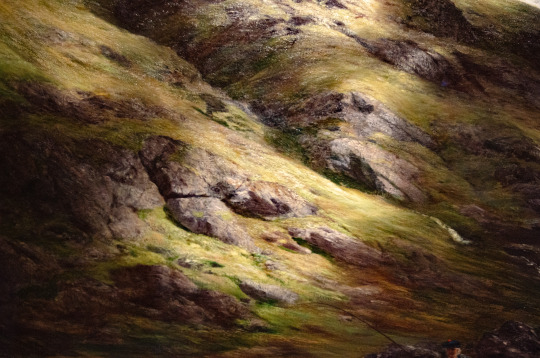


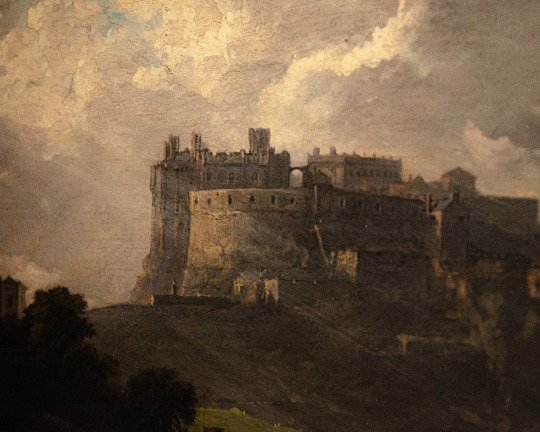



Portrait of Joseph Brewer by William McCance, A Muleteer from Andalucía by Beatrice Huntington, Eástre (Hymn to the Sun) by John Duncan Fergusson, A Study of Oak Leaves in Autumn (Self-portrait) by William McTaggart, The Quarrel of Oberon and Titania by Sir Joseph Noel Paton, Wandering Shadows by Peter Graham, The Vegetable Stall by William York Macgregor, Autumn in Glencairn, Moniaive by James Paterson, Edinburgh Castle and the Nor' Loch by Alexander Nasmyth, O'er Moor and Moss by Peter Graham, Francesca da Rimini by William Dyce, The Sheepfold by Alexander Mann.
I went to the National Gallery of Scotland to day, here are some highlights of the pieces I liked most! Taken by yours truly.
#brieuc.img#painting#photography#scottish art#Gonna post the rest of these to @kaziglu but I have to remind people I'm CULTURED. I prommy.
11 notes
·
View notes
Text
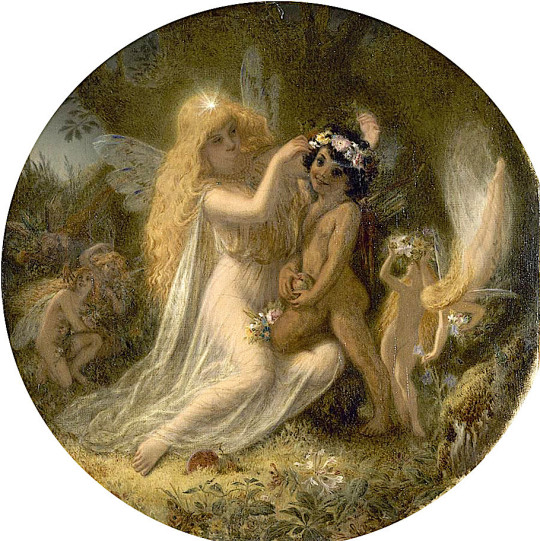
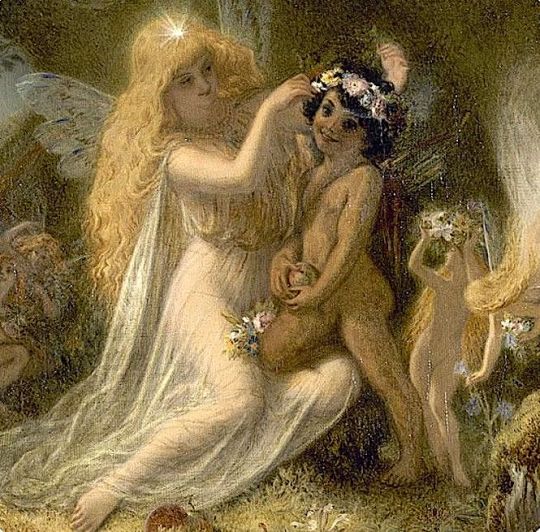
Titania and the Indian Boy ~ from "A Midsummer's Night Dream" ~ Sir Joseph Noel Paton (Scottish fantasy painter, 1821-1900)
45 notes
·
View notes
Text

Sir Galahad by Joseph Noel Paton
#sir galahad#angel#art#joseph noel paton#angels#galahad#knight#knights#grail knights#grail knight#arthurian#chivalry#armour#chivalric romance#holy grail#grail#sword#history#mythology#europe#european#medieval#middle ages#pre raphaelite
220 notes
·
View notes
Text
Fantasy sights: Paton
Next on our list, the Scottish 19th century painter Joseph Noel Paton.
He became very famous for his set of paintings illustrating Shakespeare's Midsummer Night's Dream.
The Quarrel of Oberon and Titania...

The Reconciliation of Oberon and Titania...

Oberon and the Mermaid...

Puck and Fairies...
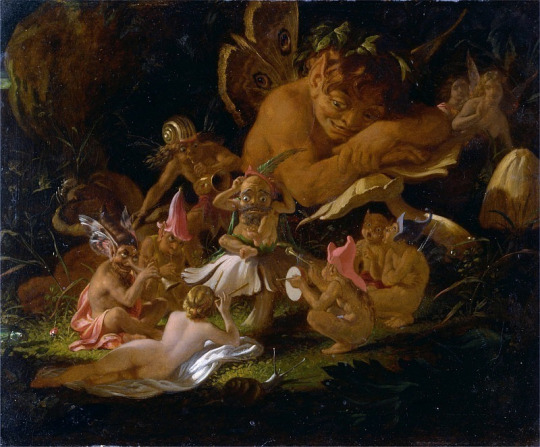
(I am really sad that for the first two I cannot include a full-size version of the paintings, because the amount of little details in these pieces is WONDERFUL if you can ever check it up close, don't hesitate)
Paton is often included among the Pre-Raphaelites, given his style is very similar to theirs, though he actually declined and refused to be part of their brotherhood. But their common interested for the Arthurian legends shows up in a few of his pieces, such as:
... Sir Galahad

... How an angel rowed sir Galahad across the Dern Mere
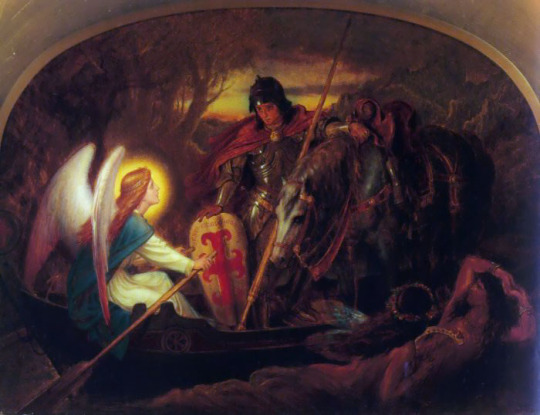
... Sir Galahad and the Angel

Other fantasy pieces of Paton include his "The Fairy Raid : Carrying Off a Changeling - Midsummer Eve"

"Oskold and the Elf-maids"

And "Cymocles Discovered by Atis in the Bowre of Bliss" (from Spencer's Faerie Queene, Book II, chapter V"
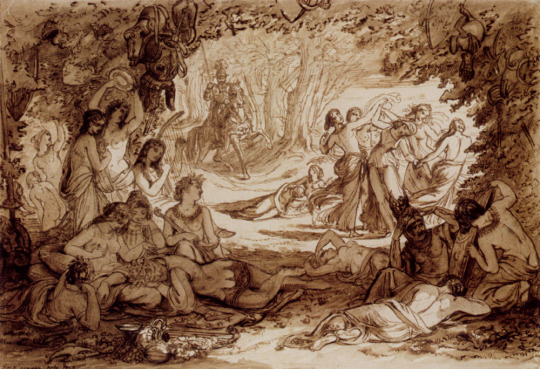
#fantasy sights#fairy painting#arthurian painting#joseph noel paton#galahad#the faerie queene#a midsummer night's dream#oberon#puck#titania
17 notes
·
View notes
Photo

The Fairy Raid Carrying off a Changeling, Midsummer Eve (oil on canvas) by Sir Joseph Noel Paton, 1867.
7 notes
·
View notes
Text
Fear and Fun - A Midsummer Night’s Dream and the unity of fear and comedy in fairies
‘Fairy’ is a name for a kind of magical being, found the folklores of various European nations, most notably those of the Anglo-Celtic Isles. They are known by numerous names, in many different languages. In England, fairies developed as a sort of unification of the Germanic elves (the terms “elf” and “fairy” are used interchangeably in folklore), and the Celtic fae. Both served as nature spirits.
In modern culture, fairies are fairly benign, harmless, and will grant wishes and help lost humans. It is, as far as my readings go, an invention of Victorian era folklore. For much of their history, fairies, elves, and other such beings could be as helpful as they were harmful. They were powerful, magical, and magnificent. Beings to be feared and respected, just as nature itself ought to be.

Poor little birdie teased, by Richard Doyle
As time went on they were anthropomorphised more and more, becoming trickster spirits and household helpers (so long as you paid them what their work was worth (all the side eye in the world to Rowling for depicting “house elves” as enthusiastic slaves, a status they would never have suffered)).
But where am I going with this? Well, the anthropomorphised form of trickster is what Robin Goodfellow, AKA Puck is. Puck being from English folklore, infamous for his pranks. That being was used by William Shakespeare for his play A Midsummer Night’s Dream. That same play was performed during our trip to England, at the Globe Theater.
The standout character of the play was by far Puck. They were easily the most memorable part of it all.

Michelle Terry, as Puck, in the current run at the Globe. Photograph by Hellen Murray
First appearing, rising up out of the floor, smoke billowing around, wailing, and running across the stage, cacophonous music accompanying them. Their face was masked by twigs, making them the most inhuman being in the play, the only one without a face.
Each time Puck’s magic was used, it was accompanied by a fearful stab of music, when they transformed Bottom especially.
But Puck was humorous, sarcastic, and playful in their conduct, just the character was written. They bantered with Oberon, “I go. [leaves and comes back] I GO! [leaves and comes back] I go!” The actor was the one who got the show back on track when the theater’s sprinklers malfunctioned, and drenched the floor audience, “This always happens!” They seemed to interact the most with reality, scribbling ‘ASS’ in an audience member’s notebook, at one point I remember them waving a plane away, as the noise from them kept interfering with the play.

Puck and Faeries, Sir Joseph Noel Paton
I felt like the way they depicted Puck was a magnificent union of the way fairies are both playful and funny, and also horrifying and powerful. Puck was as scary as they were funny, and made such an incredible impression on me, that I was left thinking about it days, and now over a week later. It was a highlight of the entire trip and easily made this performance my favorite live play ever thus far.
#I don't remember if they changed Puck's pronouns to fit the actor like they did with Bottom#so I decided to just use they/them ones
2 notes
·
View notes
Text

Sir Joseph Noel Paton, The Quarrel of Oberon and Titania
0 notes